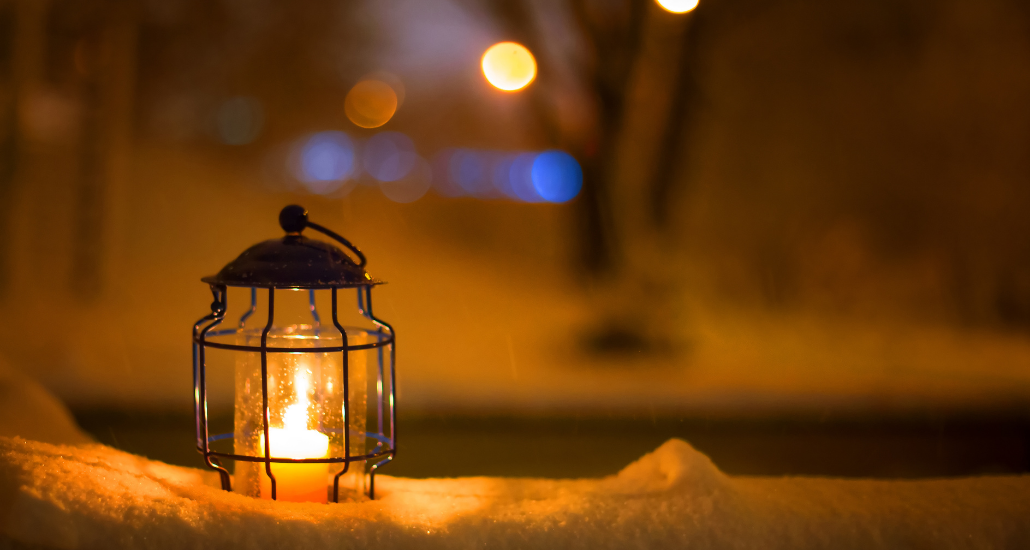When I moved to Boston, the most northerly place I’ve lived, winter hit me like a hammer. Massachusetts can get colder than a psychopath’s heart, but I could handle that. It wasn’t the cold that got me down; it was the darkness.
Living up north, I understood why so many winter holidays focus on light. Long before the first Christmas, Nordic pagans lit bonfires at the winter solstice. Hanukkah and the Hindu Diwali are both “festivals of light.” Kwanzaa is all about candles. Lighting winter’s darkness can raise our spirits no end.
But this can go too far. Electricity has allowed humans to work late in cities that famously “never sleep.” Even after bedtime, we stare at illuminated TVs and cell phones. As a result, millions of us now suffer from sleep disorders and burnt-out exhaustion caused by disconnection from nature’s rhythms.
“Know the light,” says the ancient Tao te Ching, “but keep to the dark.”
This isn’t pessimism. Taoism sees darkness as a necessary condition for life. In darkness, plants germinate. In darkness, you grew fingers and toes. In darkness our wounds heal, our brains solve problems, our hearts slowly transmute grief into compassion.
So, true, it’s not the cold—but it’s not just the darkness, either. It’s our resistance to darkness, to receiving its subtle regenerative gifts. Fleeing darkness, we run from the healing stillness we all carry at our centers.
So this December, if you’re a northern-hemisphere resident, by all means set up those holiday lights. Ignite bonfires, candles, and luminaria bags. But later, when the fires go out and the darkness falls, surrender. Dive into it. Relish the deep, nourishing stillness that, strangely enough, is easiest to find on the darkest of nights.










